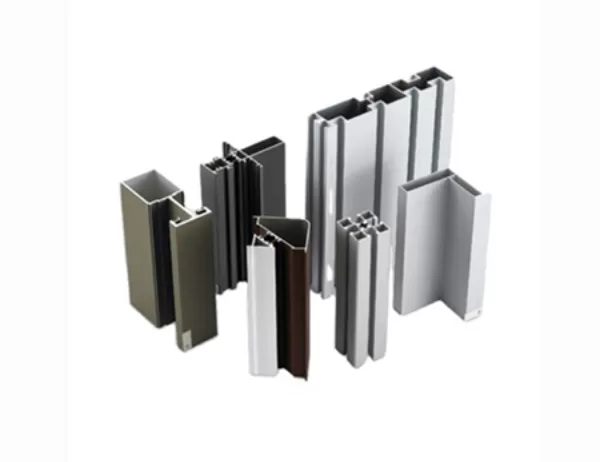Introduction
Aluminum, a lightweight and durable metal, has become increasingly popular for use in furniture applications. The use of aluminum profiles, which are extruded aluminum shapes, offers several advantages, including strength, durability, and corrosion resistance. However, the environmental impact of aluminum production and its use in furniture must be carefully considered. This article will explore the various environmental aspects associated with using aluminum profiles for furniture.
Energy Consumption and Greenhouse Gas Emissions
The production of aluminum involves significant energy consumption and greenhouse gas emissions, primarily due to the electrolytic process required to extract the metal from its ores. The process requires large amounts of electricity, often generated from fossil fuels, which contribute to carbon dioxide emissions. Moreover, the mining and transportation of bauxite, the primary ore of aluminum, also have environmental impacts.
Water Usage and Pollution
Aluminum production also requires substantial amounts of water, primarily used in the electrolytic process and for cooling. The extraction and processing of bauxite can lead to water pollution, as contaminants such as heavy metals and acids are released into the environment. Proper waste management practices are crucial to mitigate these impacts.
Land Use and Deforestation
The mining of bauxite often involves the removal of large tracts of land, including forests. Deforestation associated with aluminum production can lead to habitat loss, biodiversity reduction, and soil erosion. Sustainable land-use practices and reforestation efforts are necessary to address these environmental concerns.
Recycling and End-of-Life Considerations
Recycling aluminum is an essential aspect of reducing its environmental impact. Aluminum is highly recyclable, and recycled aluminum requires significantly less energy to produce than primary aluminum. However, the recycling rate of aluminum used in furniture is relatively low, as it can be difficult to separate aluminum components from other materials. End-of-life considerations for aluminum furniture, such as responsible disposal and recovery, are also important.
Durability and Longevity
The durability of aluminum furniture is a key environmental consideration. Aluminum is known for its long-lasting properties, resisting corrosion and wear over time. Durable furniture can reduce the need for frequent replacements and the associated environmental consequences, such as waste generation and resource consumption.
The environmental impact of using aluminum profiles for furniture is a complex issue with multiple dimensions. While aluminum offers advantages such as strength and durability, its production and use can have significant environmental consequences. Understanding these impacts and taking steps to mitigate them are essential for promoting sustainable furniture practices. By considering energy consumption, water usage, land use, recycling, and durability, we can make informed decisions about the use of aluminum in furniture and minimize its environmental footprint.




